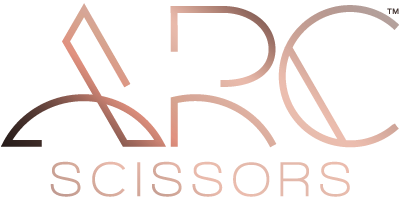3 Dry-Cutting Fringe Tips

Instagram via @buddywporter
3 Tips For Dry-Cutting Fringe From @buddywporter
You’ve seen dry-cutting all over Instagram and you want to try it on your fringe-wearing clients, now what? Before you blow it out, grab the scissors and get to work—give yourself a lil refresh with these tips from celebrity stylist, LA cutter and dry-cutting pro Buddy Porter (@buddywporter). From the blowout to detailing the cut (Psssst! Buddy's go-to dry cutting shear is the ARC™ Scissors 6.5" PARAGON II), get the ![]() tips you need to live your best life behind the chair
tips you need to live your best life behind the chair
But First, Why Cut Dry?!
“I cut my fringe dry because I like to neutralize and examine any cowlicks or growth patterns to see exactly what I’m doing as I’m doing it,” shares Buddy. This prevents having to compensate for elasticity and shrinkage later when the hair dries after cutting it wet. It also reveals natural texture to create a clear visual guide for creating the shape.
1. Adjust Your Blowout For Different Fringe Types
Buddy always preps a dry cut by blow-drying and working through the hair with his hands. He then adjusts his blowout technique by letting the fringe type determine whether he also uses a round or flat brush. “Usually more blunt and straight fringe will be flat-brushed,” shares Buddy. “Whereas curtain bangs or face-framing [fringe], I like to see a bit more bend with a round brush.”
Click here to purchase Buddy's class on BTC University and have lifetime access!
2. Dry-Cutting Curly v. Straight Fringe
Here’s the biggest difference when dry-cutting curly and straight fringe: Curls require a more visual process. “Curly hair is much more visual and usually cut with zero tension at natural fall,” shares Buddy. With naturally straight hair, you can also work with elevation and tension to achieve different fringes. Buddy always works with the 6.5-inch Master Series Paragon II because they don’t push dry hair. “You don’t have to worry about scissor retraction because of how sharp the blade is,” adds Buddy.

3. Talk To Clients: You’ve Got Fringe, Now What?!
Everything matters when deciding on fringe—the size of someone’s forehead, the hairline, density, texture, etc…but also, their lifestyle! Consultation is key. If someone’s hair texture is harder to style and they aren’t willing to put in the work at home, it won’t work well. If they work out a lot and want to tie their hair up everyday, they should opt for longer fringe and avoid shorter, face-framing or curtain bangs.
You should also show them how to use (and avoid overusing!) product on their fringe—especially for fringe first-timers who don’t understand the grow out process! Buddy always uses Virtue® Texturizing Spray to finish because it emphasizes the texture of a piecey diffused line and also gives the fringe a bit of hold.


Scissors Used



 ARC™ PARAGON II
ARC™ PARAGON II
Comments on this post (0)